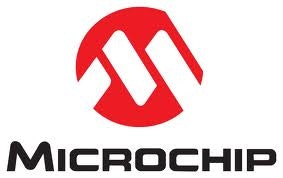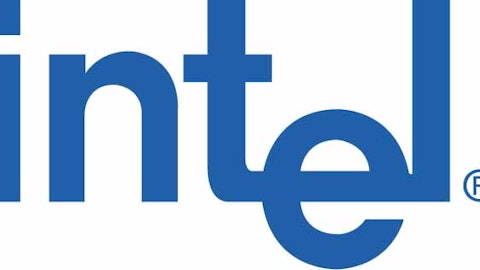Microchip Technology Inc. (NASDAQ:MCHP) is one of the leading manufacturers of specialty chips for the computing industry, having sold over 7 billion microcontrollers since 1990. Although the overall market and tech sector have produced nice gains over the past year, Microchip has not, and is in fact just 25 cents over where it was a year ago. With nice projected earnings growth in the years ahead, a nice cash position, and a very attractive dividend yield, is Microchip Technology one of the remaining bargains in the tech sector?

About Microchip Technology

Microcontrollers, which account for 68% of the company’s sales, are essentially the brains of these devices. The fact that Microchip makes these controllers for a variety of applications, its income is well diversified, meaning it doesn’t depend too much on any one type of product. In addition to its microcontroller business, the company also produces memory products and analog products. Currently, Microchip is the leader in the 8-bit microcontroller market, and is currently building its market share in the 16-bit and 32-bit markets.
Valuation and Growth
At first glance, Microchip Technology Inc. (NASDAQ:MCHP) may look a bit expensive at almost 20 times forward earnings. However, first consider that the company has about $1.1 billion in net cash. When that is taken out of the share price, Microchip trades at a much more attractive P/E of 16.5. Also remember that the company pays a dividend yield of 3.9% ($1.41 per share), which has been raised each and every year since 2004, including and especially during the market’s awful years of 2008-2009.
Earnings are expected to drop slightly in 2013 due to narrowing margins and weakness in Europe, which accounts for a significant portion of Microchip’s business. However, this is expected to be temporary. The consensus calls for $1.84 per share this year, growing to $2.09 and $2.55 in 2014 and 2015, which translates to annual growth of 13.6% and 22% respectively, which makes the valuation look more than justified.
Alternatives
An alternative to Microchip Technology Inc. (NASDAQ:MCHP) is to invest in a higher-yielding specialty chipmaker such as STMicroelectronics N.V. (ADR) (NYSE:STM), the largest European semiconductor manufacturer. STM produces all varieties of semiconductor devices and also has a well-diversified client list. STM pays a slightly higher yield than Microchip (5.1%).
However there are additional factors to consider. STM had negative earnings in 2012 and is projected to barely earn any money in 2013. They are in the process of exiting its 50% stake in Ericsson, which is one of the main reasons for the decline. However I would wait for this process to run its course before investing.
Another way to go is to invest in a giant well-known chipmaker like Intel Corporation (NASDAQ:INTC), which I have a very favorable opinion of as an investment. Not only does Intel trade at a very low 11 times forward earnings, but they also pay a dividend yield of 4.15%.
Expectations are very low for Intel Corporation (NASDAQ:INTC) right now, as there is a great deal of uncertainty surrounding PC demand over the next several years. As a result, the consensus of the analysts following Intel calls for pretty stagnant earnings for the next few years. I personally feel that Intel Corporation (NASDAQ:INTC) will successfully adapt to the changing computing landscape. However it is much less diversified at the present time than either of the other companies mentioned here, creating an added risk.
Conclusion
